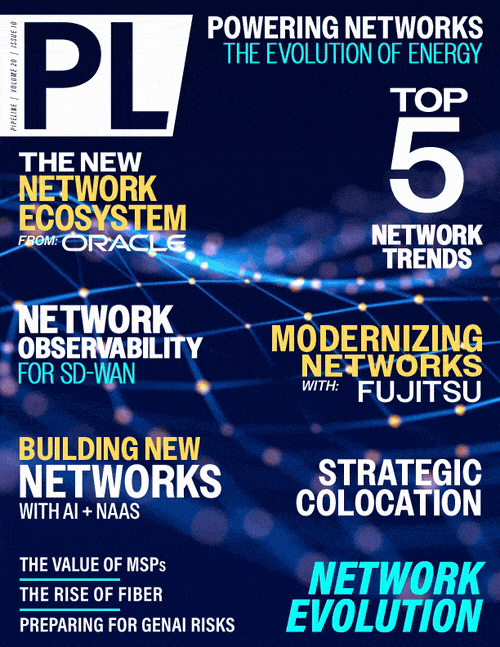The New Network Ecosystem
Figure 3
click to enlarge
Conventional wisdom for any business project would be to examine the problem you are trying to solve, the business goals, and the resources provided. But the rollout of AI has been anything but conventional, and the integration of AI services may be taxing. Most companies have taken a lab or “proof-of-concept” approach to AI. A communications proof-of-concept provides a low risk, cost effective way to explore the potential of AI technologies, helping to make the final solution more robust, scalable, and aligned with the goals of the business.
Figure 4
click to enlarge
For a communications network, the most obvious place to insert AI elements is where customers interact, either with the network or with each other. Where the access to AI is not directly from the internet, such as voice calls, IoT devices, or streaming video, a cloud communications gateway is required to make connections from a given network into cloud AI services, as illustrated in Figure 4, above. The AI services that readily enhance a customer experience are speech-to-text, language recognition, machine learning, GenAI, and a digital assistant. The information that AI services may provide in communications include:
- Voice transcription: Captures a written record of voice/video communications which could be added for record keeping.
- Text-to-speech: Enhances interactive voice systems.
- Customer name recognition: Automatically pulling up their records and preferences.
- Call or dialogue summary: Summarizing an interaction in a legal or clinical setting could be useful in any industry that requires reporting.
- Recommendations: Prompts can be suggested based on the call dialogue, such as writing a script for a patient or scheduling a second meeting.
The New Network Ecosystem
Cloud computing is changing communications, ushering in IoT and providing greater access to AI. The rapid entry of AI into every industry has CSPs searching for the right architecture for their ongoing 5G deployments. With readily available access to AI, and service infrastructure moving to the cloud, network communication providers are looking at hybrid cloud solutions utilizing edge computing while inserting AI. The key to successful innovation is connecting IoT and edge devices to cloud resources and services.





















